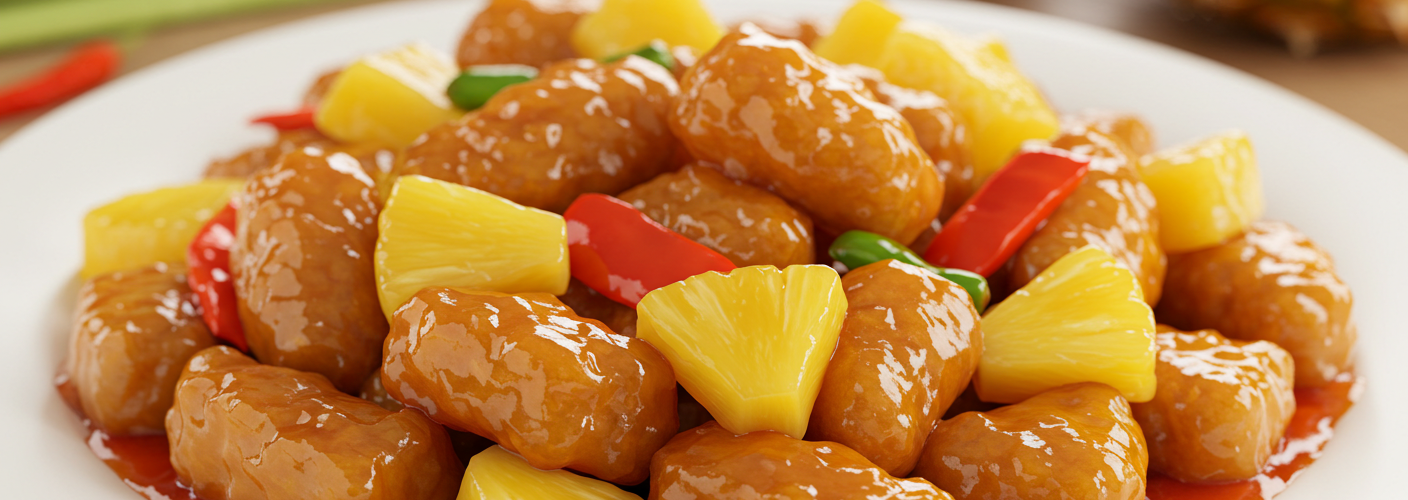When it comes to the rich tapestry of Chinese cuisine, few dishes evoke as much enthusiasm and flavor as Sweet and Sour Pork, or Tang Cu Li Ji in Mandarin. Renowned for its vibrant taste and eye-catching presentation, this dish marries the tangy notes of vinegar with the sweetness of sugar, often enhanced by the juicy notes of fresh pineapple. In this article, we’ll explore the origins, preparation, and appeal of this beloved recipe that has found a cherished place in both Chinese households and restaurants worldwide.
A Brief History
Sweet and Sour Pork has its roots in Guangdong province, where it has been a staple of Cantonese cooking for centuries. The dish is believed to have been influenced by the culinary styles of ancient trading routes, where Chinese cooks experimented with various ingredients brought in by merchants. Today, Tang Cu Li Ji is loved by many for its harmonious blend of flavors, showcasing both the sweetness reminiscent of fruits and the savory elements provided by tender pork.
Ingredients that Shine
At its core, Tang Cu Li Ji features succulent pork fillet, typically trimmed and cut into bite-sized pieces. The star of this dish, however, often comes down to the use of pineapple. By adding pineapple chunks, the dish gains an excellent contrast of textures and flavors. The sweetness from the pineapple balances out the sourness of the sauce, while the fruit’s juicy nature adds a refreshing element that elevates each bite.
In addition to pork and pineapple, the basic ingredients for the sweet and sour sauce usually include vinegar, sugar, soy sauce, and tomato ketchup or paste. Some variations may incorporate bell peppers, onions, or carrots, adding color and crunch to the vibrant dish. The result is a colorful medley that is both visually appealing and satisfying to the palate.
The Cooking Process
The magic of Tang Cu Li Ji lies not only in its ingredients but also in its cooking method. The first step often involves marinating the pork to infuse it with flavor and tenderness. Once marinated, the pork is typically tossed in cornstarch before frying, creating a crispy outer layer that contrasts beautifully with the soft interior.
After frying the pork to a golden perfection, the sauce is then prepared by combining the necessary ingredients in a skillet. Once the sauce reaches a simmer, the fried pork and pineapple add to the mix. Tossing everything together ensures that each piece is evenly coated in the luscious sauce.
The Perfect Pairing
Tang Cu Li Ji is often served with a side of steamed rice, allowing diners to savor the delightful sauce while enjoying the comforting qualities of the rice. The dish pairs excellently with other Chinese staples like egg rolls or a simple vegetable stir-fry, providing a well-rounded dining experience.
A Dish for All Occasions
Whether it’s a family dinner or a festive celebration, Sweet and Sour Pork remains a favorite for its delightful combination of sweet and tangy flavors. The use of pineapple not only adds to its charm but also makes it a dish that can easily adapt to various tastes.
In conclusion, Tang Cu Li Ji is more than just a dish; it’s a celebration of contrasts and a testament to the creativity found within Chinese cuisine. From its rich history to its irresistible flavor, Sweet and Sour Pork continues to win hearts globally, adding sweetness and tang to our culinary experiences. So next time you’re looking for a meal that satisfies, consider whipping up this delightful dish—it’s sure to impress!




Add comment